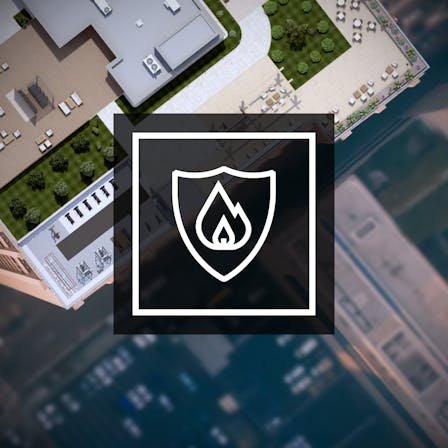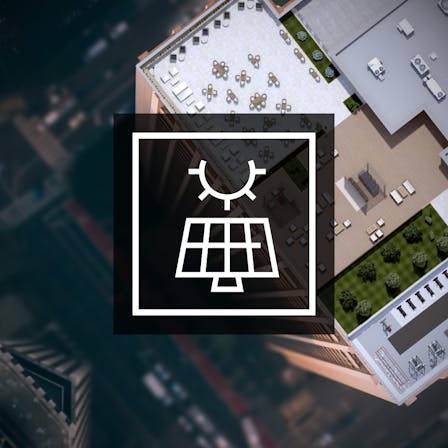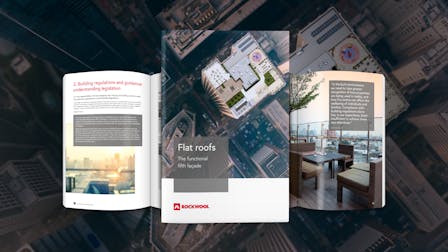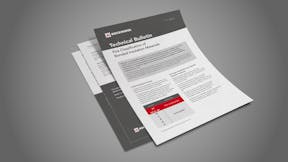Technical Bulletin: Fire Classification of Bonded Insulation Materials
Technical Bulletin: Fire Classification of Bonded Insulation Materials
This new ROCKWOOL Technical Bulletin is designed to support specifiers and contractors with compliance for bonded construction materials and composite products, especially those applied to construction elements attached to the façade such as upstands, balconies and terraces.
These elements fall within the ban on combustible materials in the external walls of relevant buildings over 18m*. The technical bulletin covers and clarifies:
- Application-specific details of the 2018 ban on combustible materials
- Euroclass reaction-to-fire classifications
- Euroclass implications for bonded insulation materials and composite products
* In England, Approved Document B provides new guidance on residential buildings over 11m. Separate rules apply for buildings in Scotland over 11m.
Download the technical bulletin










